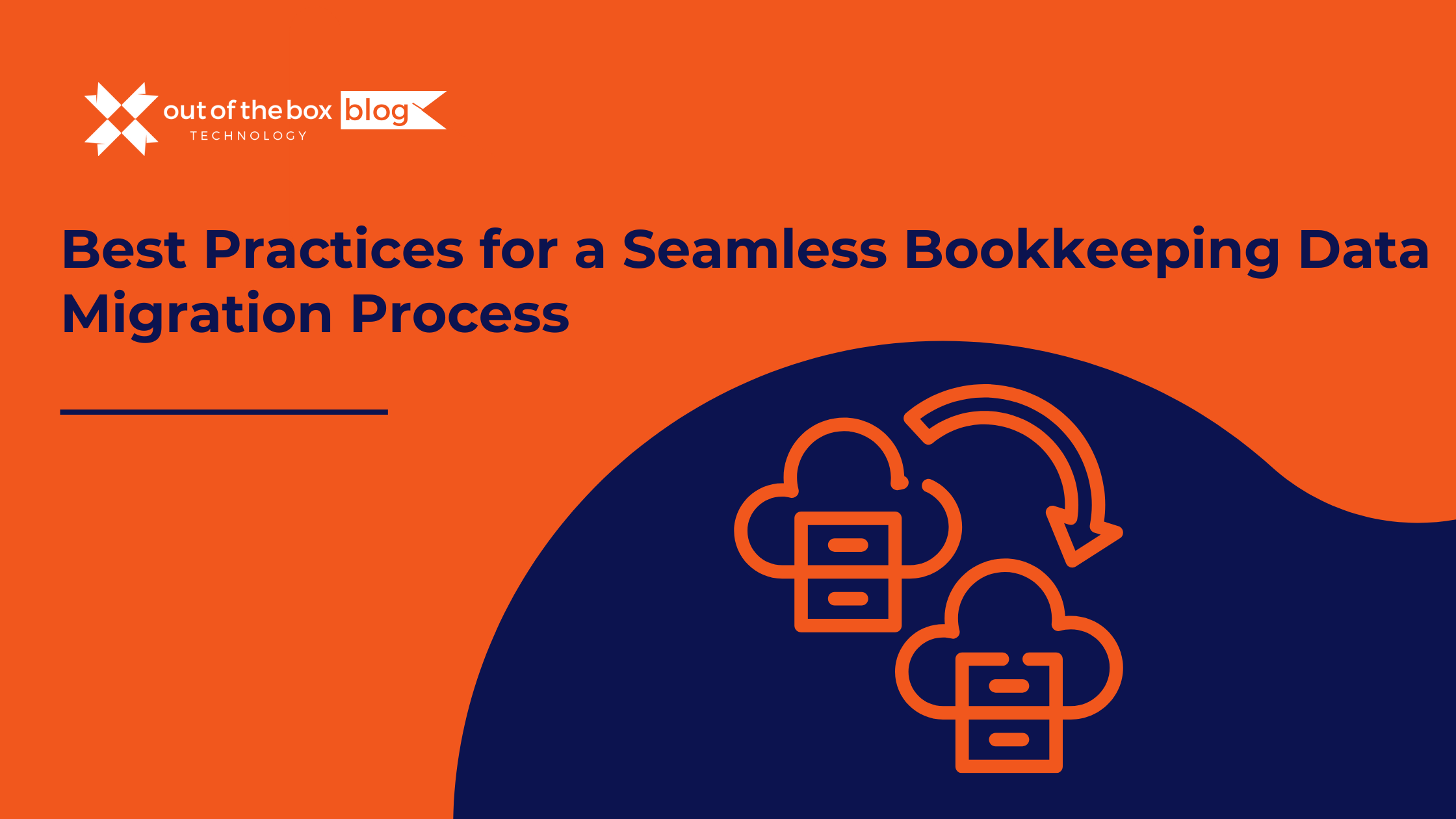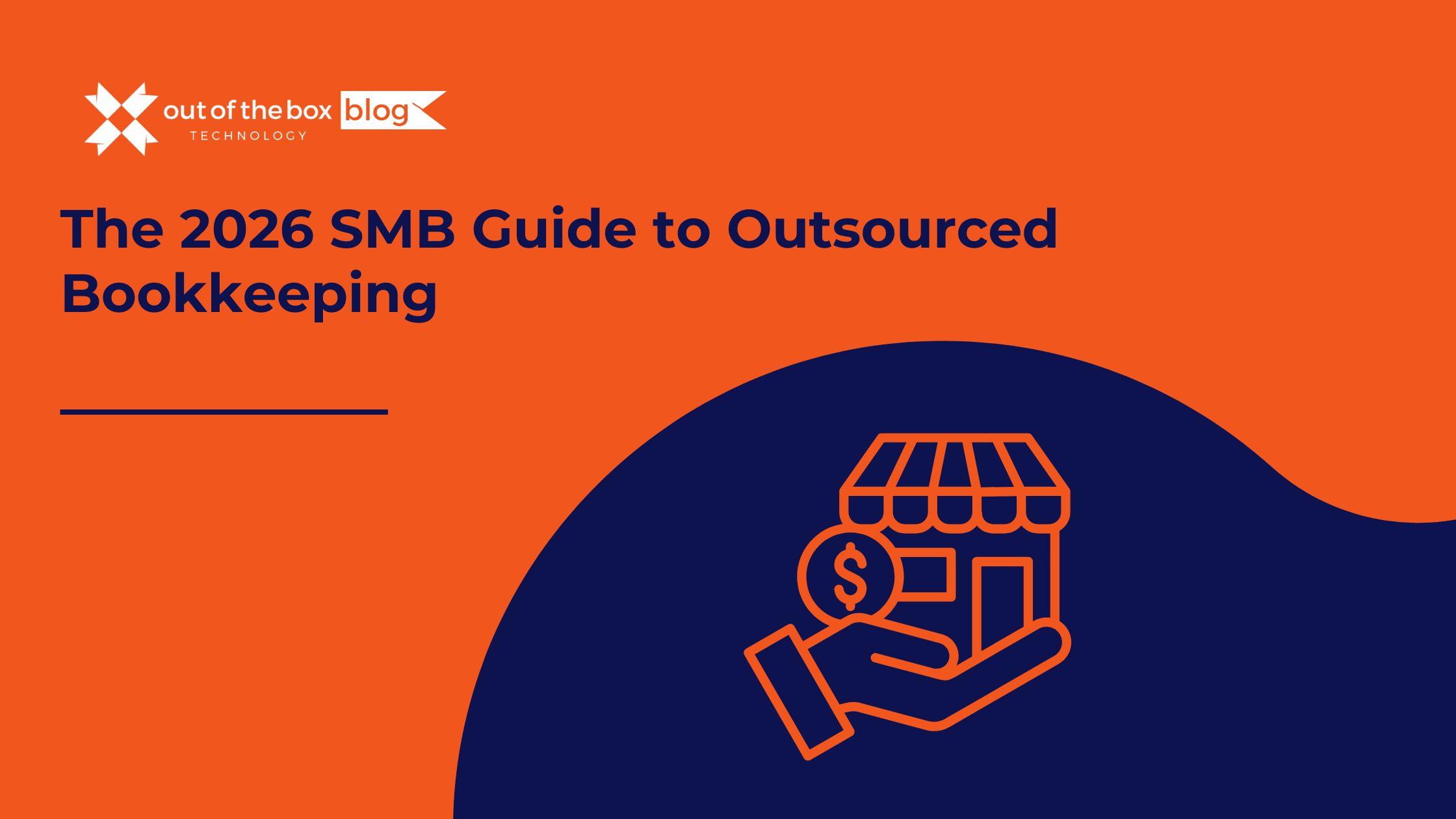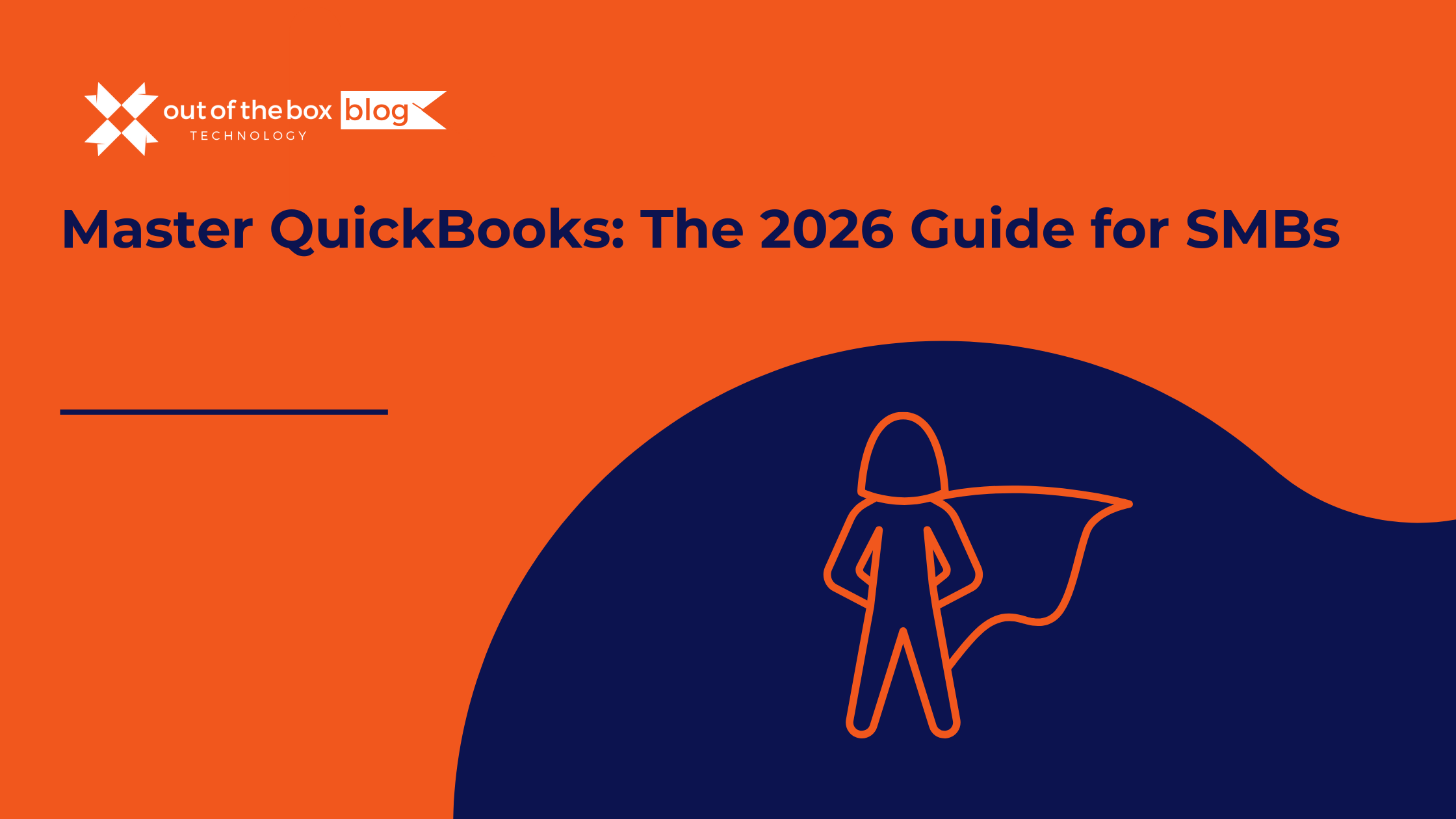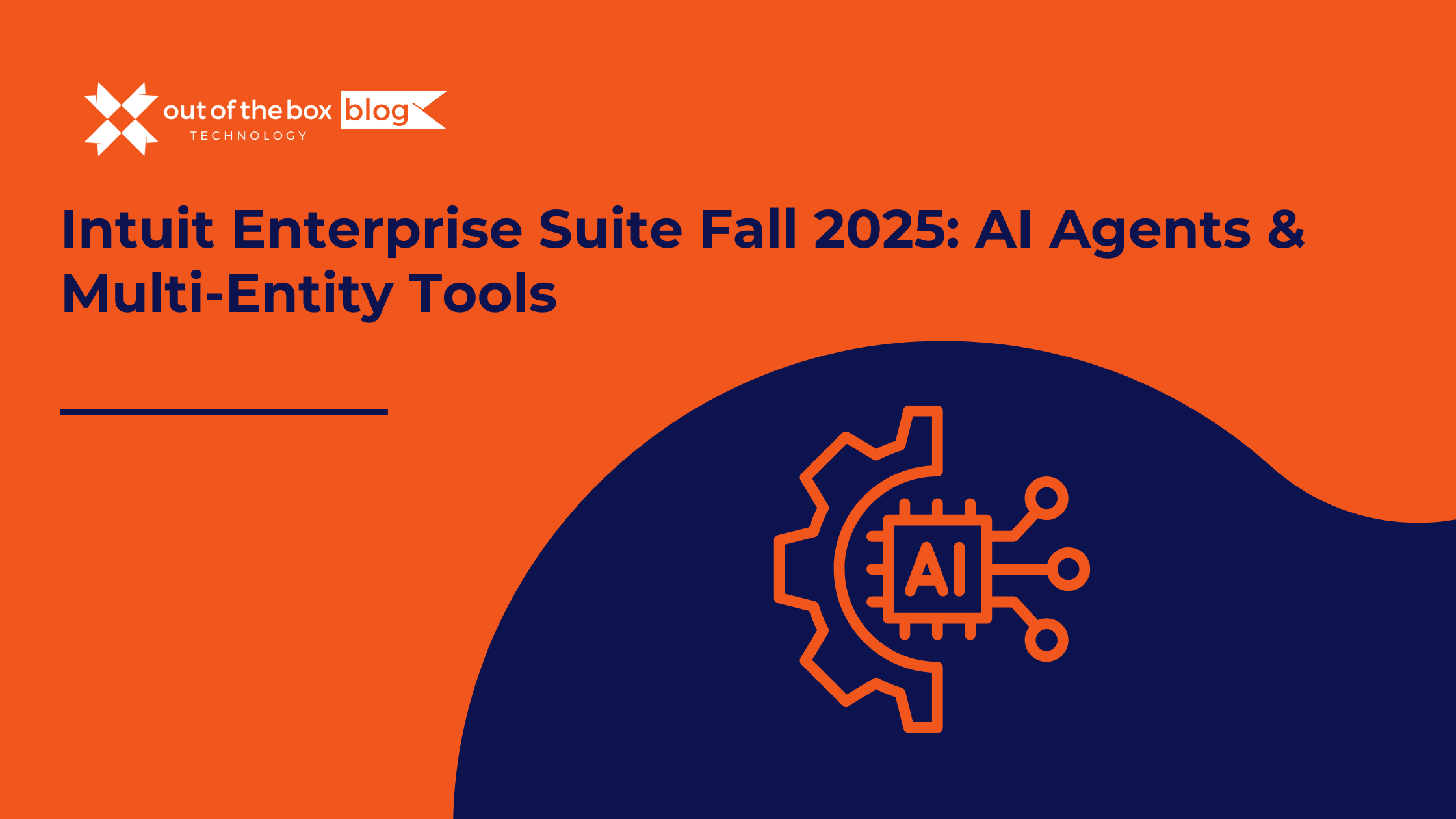The need for a bookkeeping data migration can arise for many reasons—upgrading to more robust software, merging with another company, or even transitioning to a cloud-based solution. Regardless of the reason, migrating bookkeeping data is a complex process that requires careful planning and execution. Without a structured approach, data migration can lead to inaccuracies, lost data, and disruptions in your financial reporting. A smooth bookkeeping data migration ensures that your financial records remain accurate, comprehensive, and fully functional in your new system.
In this article, we will explore the best practices for ensuring a seamless bookkeeping data migration process, from preparation to post-migration testing. We’ll include practical examples, real-world data points, and actionable steps to help you navigate this critical transition. Whether you’re a small business upgrading your software or an enterprise-level organization undergoing a complex migration, these practices will ensure your data is successfully transferred.
Why Bookkeeping Data Migration Matters
Bookkeeping data migration is more than just transferring information from one system to another. It involves moving sensitive and critical financial data—such as transactions, customer records, vendor details, tax information, and historical financial reports. The success of your business’s financial operations depends on the accuracy and integrity of this data.
Key Risks of Poor Bookkeeping Data Migration:
- Data Loss: Inadequate migration can lead to missing records, which can severely impact financial reporting and compliance.
- Downtime: If the process is not well-managed, it can result in significant downtime, preventing the business from accessing critical financial data.
- Inaccuracies: Errors during migration can lead to discrepancies in financial reports, tax calculations, and forecasting.
- Compliance Issues: Financial records must meet regulatory standards. Any issues in the migration process can result in non-compliance, leading to penalties.
Given these risks, it’s essential to implement a structured approach to bookkeeping data migration. This process must ensure data integrity, accuracy, and security throughout the transition.
1. Plan Your Bookkeeping Data Migration
Before beginning the migration process, it’s essential to create a detailed plan. This step will help you avoid common pitfalls, such as data loss or extended downtime, while ensuring the project is completed within the necessary timeframe.
Key Considerations in Planning:
- Identify the Data to Migrate: Decide which data needs to be transferred. This may include transactional data, customer records, vendor information, and financial reports. You may also decide to archive older data that is no longer necessary for day-to-day operations.
- Assess Compatibility: Check whether your current bookkeeping software is compatible with the new system. Differences in formats or data structures may require conversion or mapping.
- Set a Migration Timeline: Determine when the migration should take place to minimize disruption. Migrating during a slower business period or after the fiscal year’s end may reduce potential interruptions.
- Establish Roles and Responsibilities: Assign specific roles to team members to manage different aspects of the migration, such as data extraction, validation, and post-migration testing.
- Backup Data: Always create a backup of your bookkeeping data before starting the migration process. This ensures that you have a secure version of your data if something goes wrong.
Example:
A small retail company planning to upgrade from desktop-based QuickBooks to QuickBooks Online first establishes a migration plan. They decide to migrate only data from the past three years while archiving older records. This allows them to streamline the process and focus on the most relevant data.
Data Point:
According to a study by Dimensional Research, 64% of companies experience data migration projects that go over budget or take longer than expected due to poor planning. Having a clear plan in place can significantly reduce these risks.
2. Clean and Organize Your Data
Before migrating, take the opportunity to clean and organize your bookkeeping data. This ensures that only accurate, relevant, and up-to-date information is transferred to the new system.
Steps to Clean Your Data:
- Remove Duplicates: Identify and remove any duplicate records, such as customer details or vendor information, to avoid confusion and inaccuracies in the new system.
- Update Outdated Information: Review old data and update any outdated information, such as customer addresses, contact information, or vendor details.
- Correct Errors: Check for inconsistencies or inaccuracies in your data, such as incorrect account codes or misclassified transactions. Correcting these errors before migration ensures they are not carried over.
- Standardize Data: Ensure that data is entered in a consistent format across the system. For example, ensure that dates, currency, and transaction descriptions follow the same structure.
Example:
An e-commerce company preparing to migrate to a new bookkeeping system identifies several duplicate entries for vendors and customers. By removing these duplicates and updating contact information, they ensure that the new system reflects accurate and current data.
Data Point:
A survey conducted by Experian found that 91% of businesses believe that inaccurate data affects their bottom line, leading to wasted resources and inefficient processes. Data cleaning is essential for reducing these issues during a bookkeeping data migration.
3. Choose the Right Migration Tools
Choosing the right tools and software for your bookkeeping data migration is critical for ensuring accuracy and efficiency. Many modern bookkeeping platforms, such as QuickBooks, Xero, or Zoho Books, offer built-in migration tools that simplify the process. Alternatively, third-party data migration software can be used for more complex migrations.
Factors to Consider When Choosing Migration Tools:
- Data Volume: Some tools are better suited for handling large volumes of data, while others are more appropriate for small businesses with limited data sets.
- Compatibility: Ensure that the tool you choose is compatible with both your current and new bookkeeping systems. Look for tools that can automatically map data fields and convert data formats.
- Automation: Many migration tools automate aspects of the process, such as data extraction, transformation, and loading. Automation reduces the risk of manual errors and speeds up the migration.
- Security Features: Since bookkeeping data includes sensitive financial information, choose tools that provide robust security features, such as encryption and user authentication.
Example:
A consulting firm migrating from Zoho Books to Xero uses a third-party data migration tool designed for handling large data sets. The tool automates the transfer of financial data, including invoices, bank transactions, and customer information, ensuring that no manual data entry is required.
Data Point:
Gartner reports that 83% of data migration projects are unsuccessful due to using inadequate tools or failing to choose the right migration strategy. Selecting the right tools can make or break your bookkeeping data migration.
4. Test and Validate Data Before Finalizing Migration
Once the data has been migrated, it’s crucial to test and validate it before fully transitioning to the new system. This ensures that all data was accurately transferred and that the new system is functioning as expected.
Steps for Testing and Validation:
- Run Financial Reports: Generate financial reports, such as profit and loss statements or balance sheets, in both the old and new systems. Compare the results to ensure that the data matches across platforms.
- Check Transaction Histories: Review transaction histories to confirm that all entries were accurately transferred, including payments, invoices, and expenses.
- Validate Data Completeness: Ensure that no critical data, such as customer records or vendor details, is missing in the new system.
- Check for Data Corruption: Look for any signs of corrupted data, such as garbled text, incorrect amounts, or missing fields. If any issues are detected, correct them before finalizing the migration.
Example:
A restaurant chain that migrated from QuickBooks Desktop to Xero runs comparative financial reports on both systems to validate the accuracy of the migration. After identifying a discrepancy in the cash flow statement, they track it back to a missed bank transaction during the migration, which they quickly resolve.
Data Point:
According to a Forrester report, 42% of data migration projects experience significant post-migration issues due to insufficient testing and validation. Thorough testing before finalizing the migration can prevent such issues.
5. Train Your Team on the New System
A successful bookkeeping data migration doesn’t end when the data is transferred. Your team needs to be properly trained on how to use the new bookkeeping system effectively. Providing training ensures that employees are comfortable with the new platform and can continue performing their tasks without disruption.
Training Considerations:
- Provide Hands-On Training: Offer hands-on training sessions to familiarize employees with the new system’s interface, features, and workflows.
- Create User Guides: Develop easy-to-understand user guides or tutorials that employees can reference as they adapt to the new system.
- Assign Super Users: Designate a few employees as “super users” who are thoroughly trained and can assist others with troubleshooting or questions.
Example:
A nonprofit organization migrating to QuickBooks Online schedules a series of training sessions for its accounting team. These sessions cover everything from basic navigation to advanced reporting features, ensuring that the team is fully prepared to use the new system.
Data Point:
A survey from McKinsey found that businesses that invest in employee training during system migrations are 2.5 times more likely to report a smooth transition. Training ensures that your team can hit the ground running after the migration is complete.
6. Monitor and Optimize Post-Migration
After completing your bookkeeping data migration and training your team, it’s essential to monitor the new system to ensure ongoing accuracy and performance. This phase involves tracking the system’s functionality, optimizing processes, and addressing any issues that may arise.
Post-Migration Monitoring Best Practices:
- Monitor Financial Reporting: Continue to generate and review financial reports to ensure the new system is delivering accurate and timely insights.
- Collect User Feedback: Encourage employees to provide feedback on the new system and report any issues they encounter.
- Optimize Workflows: Take advantage of the new system’s features to streamline and automate bookkeeping processes. Look for ways to enhance efficiency by reducing manual tasks or integrating with other business tools.
- Schedule Regular Audits: Perform regular audits of your bookkeeping data to catch any discrepancies early and ensure ongoing accuracy.
Example:
A manufacturing company monitors their newly migrated bookkeeping system by generating weekly financial reports. They also collect feedback from the accounting team to identify any inefficiencies in the workflow, allowing them to optimize processes and improve overall performance.
Data Point:
An Aberdeen Group study found that businesses that actively monitor their systems after data migrations see a 15% improvement in data quality over time. Continuous monitoring ensures that your bookkeeping system remains accurate and efficient.
Conclusion
Bookkeeping data migration is a complex but essential process that requires careful planning, execution, and ongoing management. By following best practices—such as thorough planning, data cleaning, choosing the right tools, testing and validation, employee training, and post-migration monitoring—you can ensure a seamless transition that preserves the accuracy and integrity of your financial data.
Whether you’re migrating to a cloud-based solution or upgrading your current system, these strategies will help you achieve a smooth bookkeeping data migration and set your business up for long-term financial success.
Are you ready to ensure a successful bookkeeping data migration for your business? Contact Out of the Box Technology today to learn how we can assist with your migration process and provide customized solutions to meet your unique needs.
Sources:
- Dimensional Research. “Challenges in Data Migration Projects.”
- Experian. “Impact of Poor Data Quality on Business Performance.”
- Gartner. “Key Reasons Data Migrations Fail.”
- Forrester. “Best Practices for Data Migration Success.”
- McKinsey. “Why Employee Training is Key to System Transitions.”
- Aberdeen Group. “How Monitoring Improves Data Quality After Migration.”
Meet with a QuickBooks service expert today!
Ready to ensure a seamless and error-free bookkeeping data migration? Let Out of the Box Technology guide you through every step of the process with expert support and customized solutions. Contact us today to schedule your consultation and make your bookkeeping data migration stress-free and successful!




